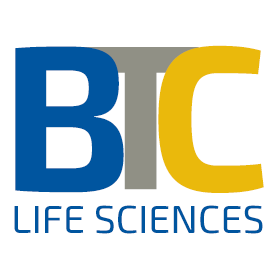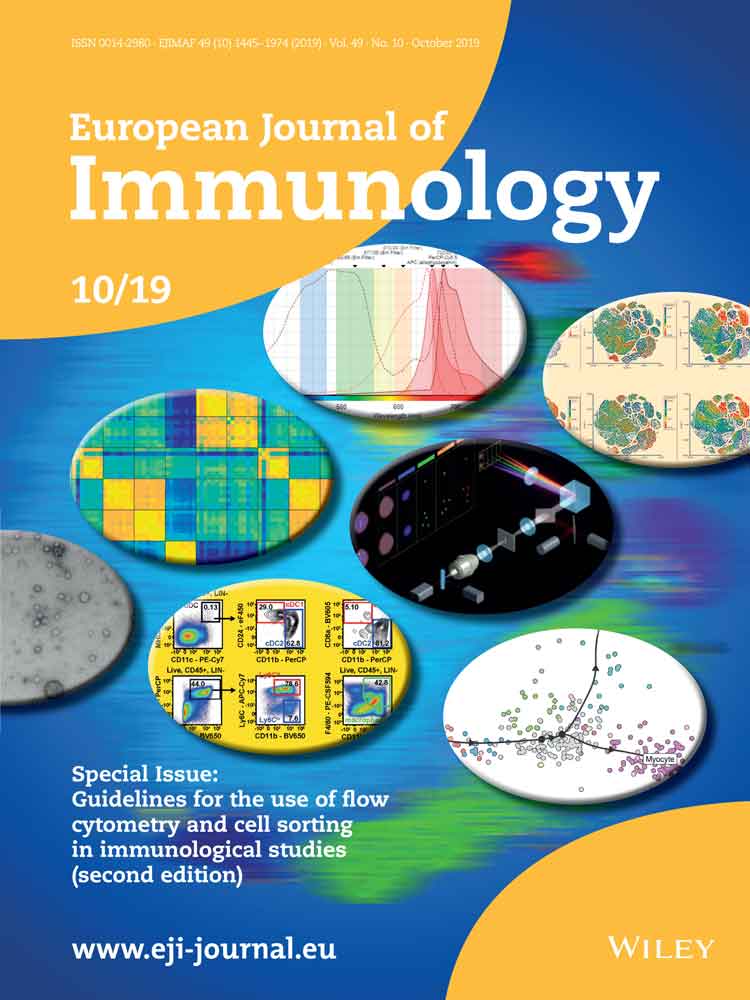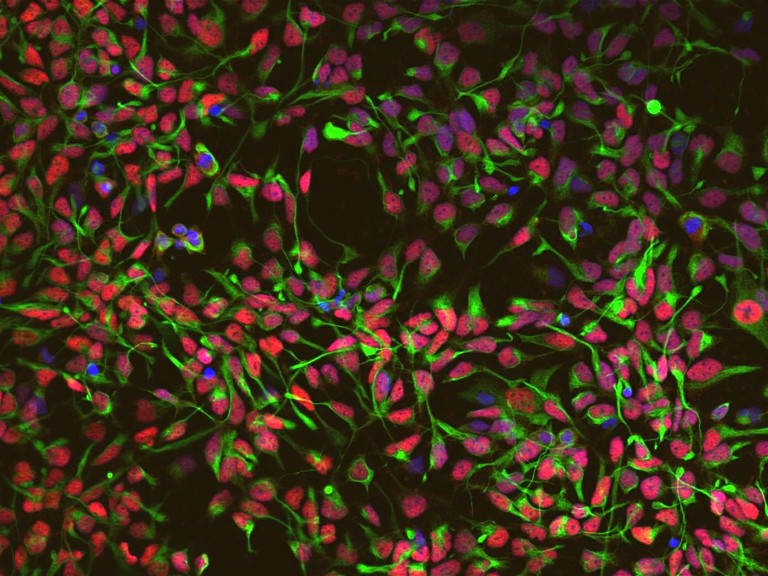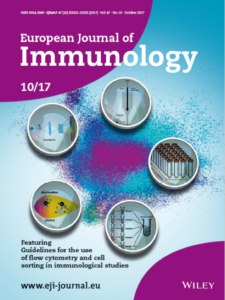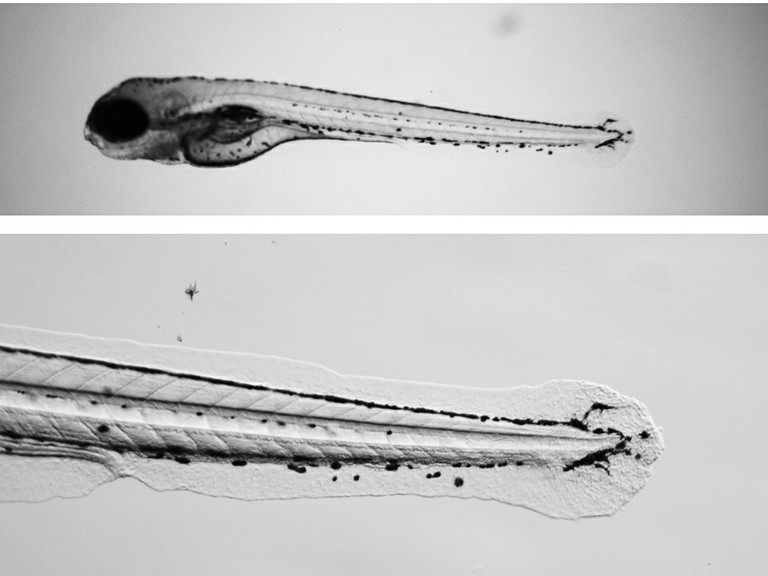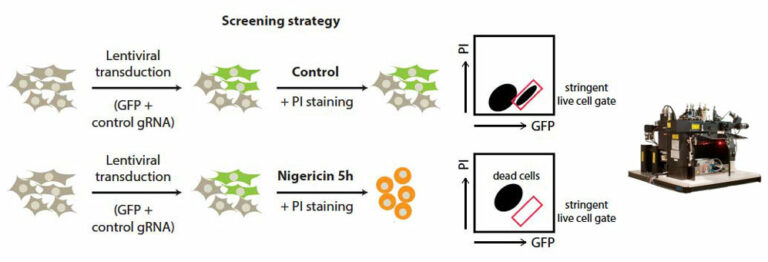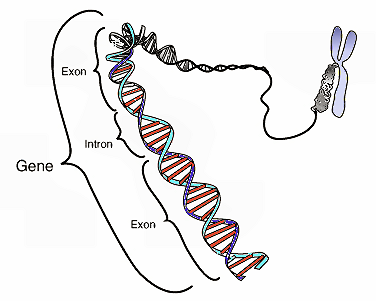Gene plays major role in brain development
Study by the University of Bonn shows that mutations of the investigated gene manifest in different patterns of inheritance The so-called Plexin-A1 gene seems to play a more extensive role in brain development than previously assumed. This is shown by a current study led by the University Hospital Bonn and the Institute of Anatomy of…
